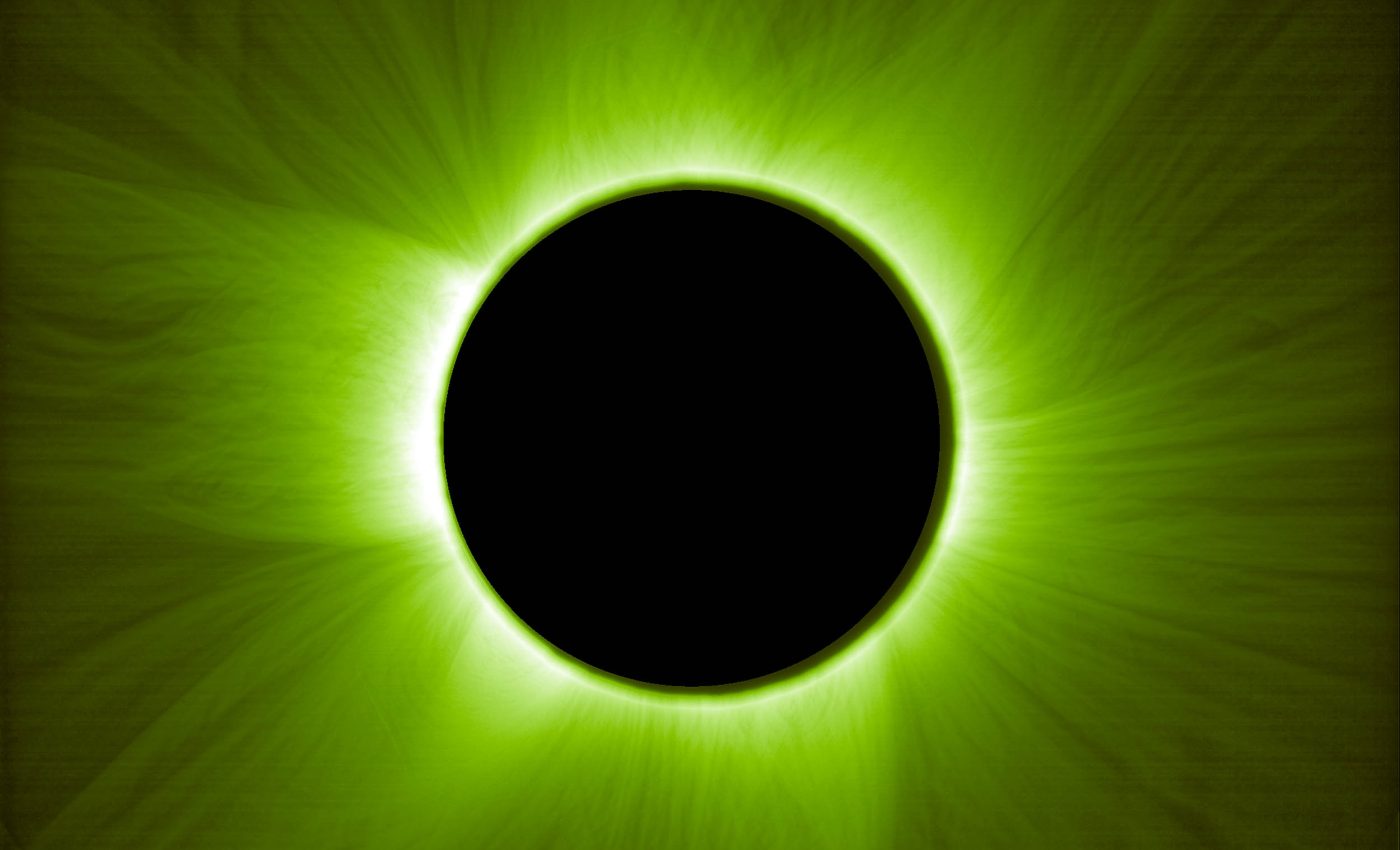
Proba-3 created an artificial eclipse in space to study the Sun
The European Space Agency’s Proba-3 mission has used artificial means to create a new kind of eclipse – one made entirely in space.
Using two small satellites flying in tight formation, the mission blocked the Sun’s bright disc to capture rare images of the faint solar corona. These artificial eclipse images offer a clearer view of our Sun’s hidden atmosphere.
Instruments for the artificial eclipse experiment come from a Belgian team at the Centre Spatial de Liège and from researchers at KU Leuven, who supply key computer models.
Their work turns the twin satellites – called the Occulter and the Coronagraph – into one giant camera that can stare at the outer atmosphere of the Sun for hours at a time.
Side-by-side with millimeter accuracy
In March the two spacecraft finished their first big test. They held a fixed 150-metre gap for several hours without commands from Earth.
Autonomous sensors kept them lined up to within a millimeter. When they point straight at the Sun the Occulter’s 1.4-metre disc casts an 8-centimetre shadow onto the Coronagraph’s ASPIICS camera, thus forming an artificial eclipse.
With the glare removed, ASPIICS records corona detail that ground telescopes can only glimpse during the brief moments of a natural total eclipse.
“Many of the technologies which allowed Proba-3 to perform precise formation flying have been developed through the European Space Agency’s General Support Technology Programme, as has the mission itself,” explained Dietmar Pilz, ESA director of technology, engineering and quality.
“It is exciting to see these stunning images validate our technologies in what is now the world’s first precision formation flying mission.”
Why look at the corona?
The corona drives the solar wind and huge outbursts called coronal mass ejections (CMEs). CMEs can paint bright auroras across the sky. They can also knock out power grids and jam satellites, as happened in May 2024.
Seeing the corona clearly, even by means of an artificial eclipse, helps researchers track these storms before they hit Earth.
“Seeing the first data from ASPIICS is incredibly exciting. Together with the measurements made by another instrument on board, DARA, ASPIICS will contribute to unravelling long-lasting questions about our home star,” clarified Joe Zender, Proba-3 project scientist.
DARA watches total solar energy. A third sensor, 3DEES, counts high-energy electrons trapped near Earth. Together they give a fuller picture of how the Sun affects space weather.
Stretching an eclipse from minutes to hours
“I was absolutely thrilled to see the images, especially since we got them on the first try,” commented Andrei Zhukov, principal investigator for ASPIICS at the Royal Observatory of Belgium. “Now we are working on extending the observation time to six hours in every orbit.”
Engineers at the Royal Observatory process three different exposure times for each photo. Stacking them reveals faint loops close to the solar surface, and sharper edges farther out.
A natural eclipse may last a few minutes. Proba-3 can repeat its artificial eclipse every 19.6 hours and hold it for up to six.
Artificial eclipses for computer models
“Current coronagraphs are no match for Proba-3, which will observe the Sun’s corona down almost to the edge of the solar surface. So far, this was only possible during natural solar eclipses,” says Jorge Amaya, space weather modelling coordinator at ESA.
Teams across Europe feed the new pictures into software such as COCONUT, which was built at KU Leuven. Better data mean better forecasts of space weather that can harm satellites, airlines, and power networks.
From precision to autonomy
“Having two spacecraft form one giant coronagraph in space allowed us to capture the inner corona with very low levels of stray light in our observations, exactly as we expected,” Proba-3 mission manager Damien Galano noted.
“Although we are still in the commissioning phase, we have already achieved precise formation flying with unprecedented accuracy. This is what allowed us to capture the mission’s first images, which will no doubt be of high value to the scientific community,” he added.
He explained that the formation flying achieved so far was performed autonomously, but under supervision of the ground control team. They were ready to intervene at any time to correct any potential deviations.
The scientists aim to achieve full autonomy, and to have confidence in the system such that they will not need to monitor from the ground.
Mission managers plan to let the satellites handle every maneuver without human oversight. Full autonomy will free the team to focus on science instead of the steering.
With its early success, the twin-satellite design promises many years of “eclipses on request” and a richer understanding of the Sun’s ever-changing face.
—–
Proba-3 is an ESA mission built by a European consortium that was led by Sener in Spain and involved more than two dozen companies from 14 countries. It launched on 5 December 2024 aboard an Indian PSLV-XL rocket.
Click here to watch a video of Proba-3’s first artificial eclipse…
Information obtained from an ESA press release.
Image credit: ESA/Proba-3/ASPIICS
—–
Like what you read? Subscribe to our newsletter for engaging articles, exclusive content, and the latest updates.
Check us out on EarthSnap, a free app brought to you by Eric Ralls and Earth.com.
—–













